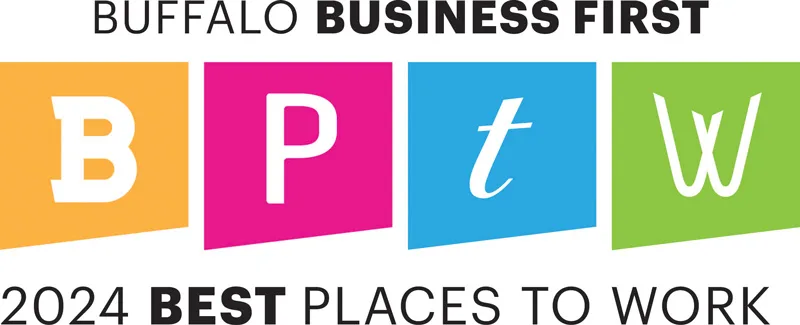The ever-evolving pharmaceutical landscape is no stranger to reforms and regulations. With the recent changes brought about by the American Rescue Plan (ARP) of 2021, both Pharmacy Benefit Managers (PBMs) and Drug Manufacturers are adjusting their strategies. This article dives deep into these shifts and the subsequent reactions from industry stakeholders.
Market Events and their Impact on PBM Contract Pricing Guarantees
Most agreements between PBMs and plan sponsors carry provisions that allow PBMs to change their pricing guarantees when market conditions change. The Drug Manufacturers’ reaction to ARP’s 2021 provision, which removes the statutory cap for Medicaid rebates in 2024, stands as a prime example of such market events.
Understanding the Medicaid AMP Cap Removal
The Medicaid Drug Rebate program has a twofold calculation for rebates: the base rebate and an ancillary rebate influenced by the Consumer Price Index-Urban. Since 2001, there was a limit on how big this rebate could be—it couldn’t be more than 100% of the drug’s average price (called AMP).
However, the ARP of 2021 removed this limit, meaning that theoretically, the drug company could give a rebate bigger than the actual drug price. This modification is expected to influence some brand drugs, especially those already touching the AMP cap or those with a notably high list price and generating substantial rebates.
Manufacturers React to the AMP Cap Removal
To counterbalance the implications of the AMP cap removal, several manufacturers have significantly curtailed their Wholesale Acquisition Cost (WAC), with insulins being a primary example. Earlier this year, leading pharmaceutical giants like Lilly, Novo Nordisk and Sanofi announced they would reduce the WAC for select insulin products by 2024. More therapeutic classes might witness similar adjustments in the future.
The Ripple Effect on PBM Pricing Guarantees due to WAC Reduction
Substantial reductions in the WAC of a rebated product can drastically decrease the product’s rebate yield. And, if drug companies reduce the WAC, the rebates (or discounts) they offer might also shrink. When a PBM promotes a particular drug or places it on a preferred list, they often receive a rebate. It’s a financial incentive, but it’s also where things can get complex, especially when regulations and market dynamics come into play. Given these shifts, it’s anticipated that most PBMs will categorize significant WAC reductions as a market event, compelling them to invoke their contractual provisions and potentially adjust their pricing guarantees accordingly.
Possible PBM Strategies in Light of this Market Shift
PBMs, in response, are considering multiple courses of action:
- Revised Rebate Guarantees: PBMs might proportionally cut back rebate guarantees, mirroring the expected reduction in rebate yield due to lowered WACs.
- Modified Reconciliation Methodology: While maintaining existing rebate guarantees, some PBMs could recalibrate the rebate guarantee reconciliation method. This alteration would effectively neutralize the anticipated rebate reductions that arise from diminished WACs.
- Awaiting Further Clarity: Certain PBMs are still in the decision-making phase. Current speculations suggest that these undecided PBMs will likely veer towards either reducing guarantees proportionally or incorporating the reduced rebate yield into the existing reconciliation process.
The pharmaceutical arena remains in a state of flux, with manufacturers and PBMs alike continually adapting to legislative shifts. For plan sponsors and other stakeholders, staying informed and agile is crucial. As the industry grapples with the new dynamics introduced by the ARP of 2021, only time will reveal the full spectrum of its ramifications and the strategies employed by major players in response. AlignRx stands ready to help navigate these new regulations. We work diligently to ensure guarantees are executed seamlessly, ensuring our clients remain at the forefront of these market changes.


